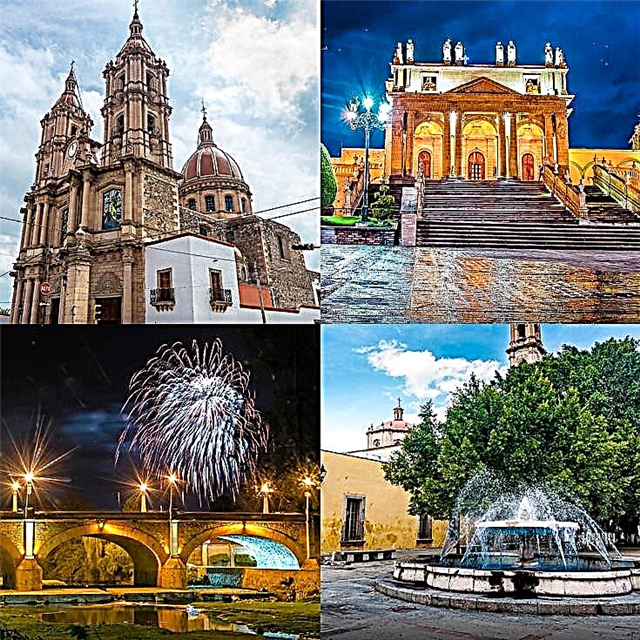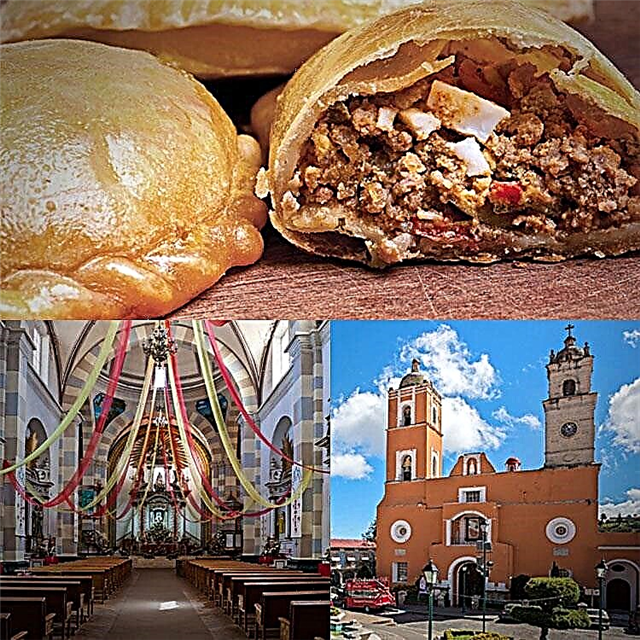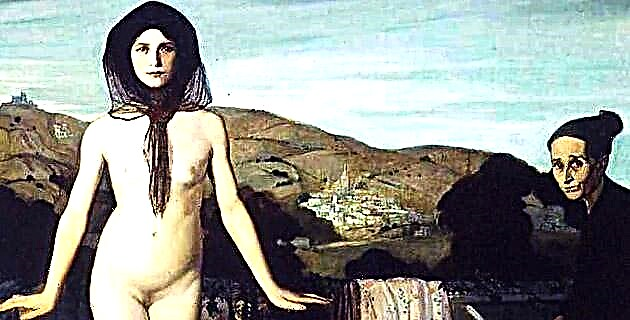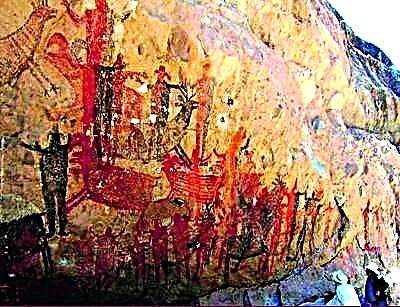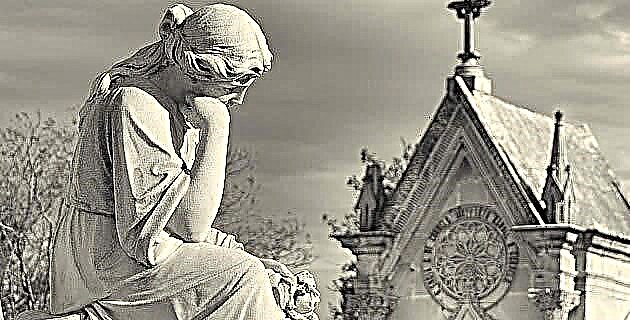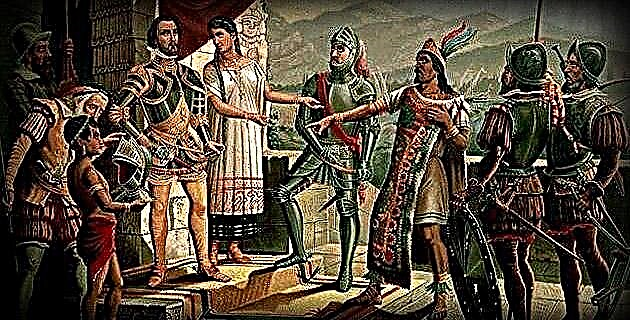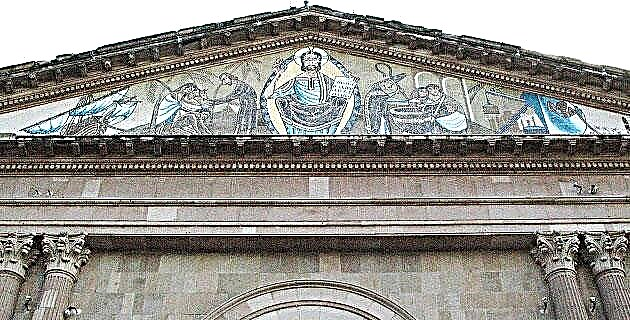
Despite being one of the largest territorial states in the Republic, Tamaulipas tends to remain a kind of anonymity. However, if we take the trouble to search a little, we will find that it has attractions and beauties for all types of tourism: both those who like the luxury and attention of hotels, as well as those who love nature and the surprises that it offers us. from to.
With the current one, five Tampicos have existed throughout history, all closely linked by the vicissitudes of their evolution.
The indigenous Tampico was probably located in a place near what is the current Villa Cuauhtémoc (Old Town), where there was an archaeological zone that unfortunately was destroyed by the voracity of the oil companies, apparently not yet satisfied. Fray Andrés de Olmos arrived in this place in 1532 to carry out his evangelizing work with the Huastec Indians, who were quickly Christianized in their own language. After staying for a while in the place, Fray Andrés obtained from the second viceroy of New Spain, Don Luis de Velasco, a permit so that “in the town of Tampico, which is the province of Pánuco, (…) a league from the bar from the sea, two crossbow shots from the river, more or less, a house and monastery of the Order of San Francisco is built and founded ”. This decree, dated in Mexico on April 26, 1554, gave rise to the second Tampico.
Colonial Tampico, called Villa de San Luis de Tampico in honor of Viceroy Velasco, stood on one side of the Huasteco town and it is very likely that it only remained there until 1556. Its founders, according to a report by the captain and mayor of the province from Pánuco in 1603, were Cristóbal Frías, Diego Ramírez, Gonzalo de Ávila and Domingo Hernández, all Spaniards and residents of Pánuco.
The one known as Tampico-Joya was located somewhere near what is now known as Tampico Alto (Veracruz), and it was the site that the original inhabitants of the Villa de San Luis chose to take refuge from the incursions and depredations of pirates. , which throughout the seventeenth century ravaged the Spanish territories. Its foundation dates from a little after 1648, the date on which the terrible Laurent de Graft, better known as Lorencillo, carried out a disastrous attack. The name of Joya is due to the fact that the place was located in one of the many "jewels" or hollows near the sea that exist in the area and in that place the settlers remained until, due to the physical hardships of the place and other calamities , they decided to put to a vote before Fray Matías Terrón and the distinguished colonizer of the then territory of Nuevo Santander, Don José de Escandón, the permanence in said place, the return to Pueblo Viejo to settle in some "high hills" called ranchos or neighborhoods. This last proposition won and that is how the fourth Tampico was born.
The Villa de San Luis or Sal Salvador de Tampico, current Tampico Alto, was founded on January 15, 1754; When the danger of the pirates disappeared, around 1738, he began to recover and have a new life. According to the residents of Altamira, a customs office was necessary "in the Alto of the old Tampico" since they believed that this was "a position, the most advantageous as well as for commercial traffic and for the health of the inhabitants", knowing that this fact could subtract population and wealth from Pueblo Viejo. This situation caused some problems but in the end luck favored the residents and authorities of Altamira, then the fifth Tampico arose, the modern one, founded on April 12, 1823 through a permit granted by General Antonio López de Santa Anna to the neighbors. of Altamira.
The layout of the new city was in charge, in the absence of a surveyor by trade, Don Antonio García Jiménez. This one measured 30 varas from the edge of a ravine and put a plumb pitchfork from which he pulled the line of the enclosure heading east-west and south-north; a squad was thus formed. Then he drew the Plaza Mayor with 100 yards in square, then the one destined for the pier, with the same dimension and then he delineated 18 blocks of 100 yards; of these he assigned one so that the church and the parish would settle there; in the Plaza Mayor he allocated two lots for the town hall houses. Finally, the lots were numbered and the town was traced according to the plan. On August 30, 1824, the first mayor and the first trustee were elected and the city began its development until we saw what we know today.
At present, Tampico is one of the most important ports in our country, and it is so not only because of its intense commercial activity, its privileged geographical location and its thriving industry, but because of all the history it keeps, which can still be admired in many of its old buildings.
A must-see place is the Plaza de Armas or Plaza de la Constitución which, together with the Plaza de la Libertad, appears on the original plans of the city. One of its flanks is adorned by the Municipal Palace, completed in 1933, but which was never officially inaugurated because that year two cyclones struck the population that impeded the ceremonies. It was built under the direction of the architect Enrique Canseco, who is also responsible for the bas-relief in the council room, where there are photographs of ancient Tampico. Another admirable building is the one currently occupied by the DIF offices; It was built in 1925 and is worth a visit to admire its art deco ornaments.
The first stone of the Cathedral was laid on May 9, 1841 and was blessed on the same day but in 1844. It was not yet finished when the work passed to the famous architect Lorenzo de la Hidalga, who completed it in 1856. This This sturdy construction has three naves, the one in the center higher than the lateral ones. On September 27, 1917, the central nave collapsed, but five years later the reconstruction work began under the supervision of Don Eugenio Mireles de la Torre. The new plans were due to the engineer Ezequiel Ordóñez, who respected the lines of the previous temple throughout. Inside you can see a Carrara marble altar made in Italy and a monumental organ of German patent.
The kiosk located in the park of this square is striking, it is said, the twin of one that is in New Orleans; It is in the Baroque style and its design is due to the architect Oliverio Sedeño. This kiosk is popularly known as "El Pulpo". The Plaza de la Libertad has a great Tampico flavor, especially for the buildings that surround it: old constructions from the last century with open corridors and iron railings that recall the historic center of the city of New Orleans. Unfortunately, some buildings, such as the one occupied by the La Fama hardware store, were demolished without any sense, which somewhat disfigured the nineteenth-century appearance of the square. However, other constructions have been praiseworthy and exemplary remodeled, such as the Botica Nueva, a pharmacy inaugurated in 1875; Its façade retains its beautiful original lines, but inside it is a modern building that fulfills its function without detriment to urban harmony.
The old Palacio Hall, occupied in the last century by the La Barata store, is also preserved. There, some scenes of the movie The Treasure of the Sierra Madre were filmed, based on the novel by the writer Bruno Traven. Other buildings such as the Mercedes, the Post Office and the Telegraphs and the Compañía de Luz, with an original semicircular shape, form a pleasant architectural complex and give this old square, so linked to the life of the city, a particular flavor.
The oldest building is the Casa de Castilla, named after the surname of its first owner, Juan González de Castilla, mayor of the city from 1845 to 1847. The invader Isidro Barradas stayed here in a last attempt by the Spanish crown to recover the town. Others of architectural and historical value are the Building of Light, built at the beginning of the century with concrete pieces from India and whose structure is of English origin, and that of the Maritime Customs, bought by Porfirio Díaz from a European company that sold by catalog (the principles of telemarketing?).
But Tampico is not only history and constructions; their food is also delicious. The crabs and the "barda cakes" are famous. In addition, it has beaches with gentle waves and warm waters such as Miramar; also rivers and lagoons ideal for swimming, fishing and enjoying nature. In this place the Mexican commercial aviation was born: in 1921, during the oil boom, Harry A. Lawson and L. A. Winship founded the Mexican Air Transportation Company; later it changed its name to Compañía Mexicana de Aviación.
On this side, the state of Tamaulipas has much to offer those who visit it, and Tampico is a good example.
How to get
Leaving the capital of the state of Tamaulipas, Ciudad Victoria, take highway 85 and after 52 km you will arrive in Guayalejo, where you will deviate onto federal highway no. 247 in the direction of González and after traveling a total of 245 km, you will find yourself in the city of Tampico, whose warm climate, its 12 m altitude and its large port will welcome you. In addition to finding all the services and amenities, it has excellent means of communication.

